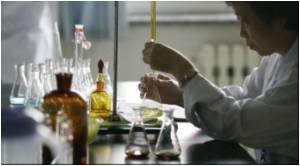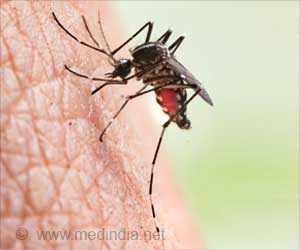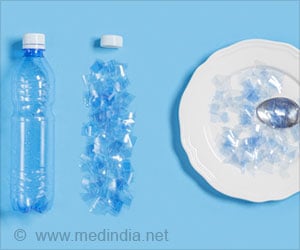Microplastic pollution was detected in one of Western Europe's largest lakes, Lake Geneva, by EPFL researchers in large enough quantities to raise concern.

Microplastics in continental waters may be the main source of microplastic pollution in oceans, where huge hotspots containing high concentrations of these pollutants have formed. Scientists estimate that only around 20 percent of oceanic microplastics are dumped straight into the sea. The remaining 80 percent are estimated to originate from terrestrial sources, such as waste dumps, street litter, and sewage.
Microplastic pollution is also a strain to lake and river ecosystems, threatening the animals that inhabit these aquatic ecosystems both physically and chemically. When inadvertently swallowed by aquatic birds and fish, the tiny bits of plastic can wind up stuck in the animals' intestines, where they obstruct their digestive tracts, or cause them to suffocate by blocking their airways. Ingested plastics may also leach toxic additives and other pollutants stuck to their surface into the animals that swallow them, such as bisphenol A (BPA) and phthalates, two carcinogenic agents used in transparent plastics, or other hydrophobic water pollutants, such as PCBs.
Like counting needles in a haystackFlorian Faure and his collaborators used a variety of approaches to quantify plastic and microplastic pollution in and around the lake, from combing beaches along Lake Geneva for plastic litter to dissecting animals, fishes (pikes, roaches and breams) and birds from the aquatic environment, and observing bird droppings around the lake.
To measure the concentration of microplastics in the water, Faure worked in collaboration with Oceaneye, a Geneva-based non-profit organization. Using an approach developed to study plastic pollution in the Mediterranean Sea, they pulled a manta trawl - a floating thin-meshed net - behind a boat in Lake Geneva to pick up any solid matter in the top layer of the water. The samples were then sorted out, dried and the solid compounds were analyzed for their composition.
"We found plastic in every sample we took from the beaches," says Faure. Polystyrene beads were the most common culprits, but hard plastics, plastic membranes, and bits of fishing line were also widespread. In this preliminary study, the amount of debris caught in Lake Geneva using the manta trawl was comparable to measurements made in the Mediterranean Sea.
Advertisement
Source-Eurekalert









